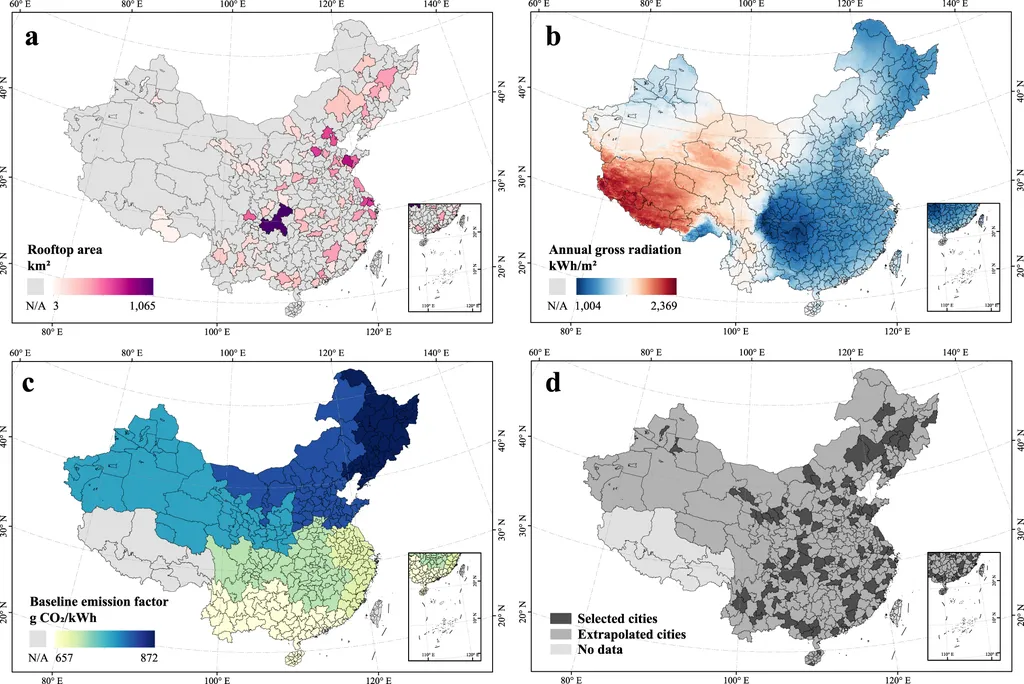In the rapidly evolving landscape of renewable energy, rooftop solar-plus-storage systems are emerging as a game-changer, but their true value varies greatly depending on where you live. A groundbreaking study led by Yihan Zhang from the State Grid Henan Economic Research Institute in Zhengzhou, China, sheds new light on this regional disparity, offering insights that could reshape how we think about and implement these technologies.
Zhang and his team have developed a sophisticated framework that combines an agent-based bi-level optimization model with a Random Forest-based attribution analysis. This approach allows them to assess the system value of distributed photovoltaic (PV) and storage systems across three crucial dimensions: operational efficiency, carbon reduction, and non-wire alternatives value. In other words, they’re looking at how these systems work together to make the grid more flexible, reduce emissions, and potentially replace traditional power infrastructure.
The study, published in Energy Strategy Reviews, which translates to Energy Policy Reviews, reveals that the value of rooftop solar-plus-storage systems isn’t uniform. Instead, it’s deeply influenced by regional factors. “We found that minimum and average load levels, along with locational marginal price (LMP) volatility, are dominant factors,” Zhang explains. This means that the amount of electricity consumed, and how prices fluctuate in different regions, play a significant role in determining the value of these systems.
The research also highlights the complex interplay between pricing mechanisms and storage costs. For instance, increasing the PV recovery price coefficient from 0.7 to 0.9 can enhance system value by over 7%. However, the benefits of reducing storage costs show diminishing returns, meaning that after a certain point, further reductions don’t significantly increase the system’s value.
These findings have profound implications for the energy sector. They suggest that a one-size-fits-all approach to incentivizing and deploying rooftop solar-plus-storage systems may not be the most effective strategy. Instead, policymakers and energy companies might need to consider more differentiated schemes tailored to the unique conditions of each region.
For energy companies, this could mean rethinking their investment strategies. Regions with high load levels and price volatility might offer more significant opportunities for return on investment. Meanwhile, areas with lower load levels might benefit more from targeted incentives to boost adoption.
The study also underscores the importance of understanding regional heterogeneity in rooftop potential, load profiles, and grid conditions. This could lead to more innovative solutions, such as community-based solar-plus-storage projects in areas with limited rooftop space, or demand response programs in regions with high price volatility.
As we move towards a more decentralized and renewable-powered energy system, studies like Zhang’s are invaluable. They help us understand the complex dynamics at play and guide us towards more effective, efficient, and equitable solutions. The future of energy is decentralized, and this research is a significant step towards making that future a reality.

